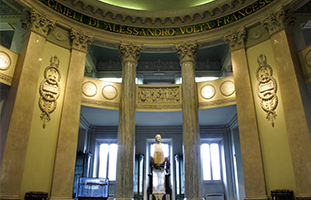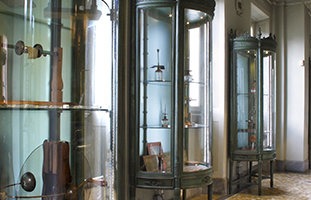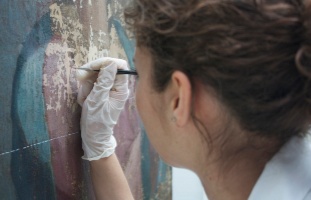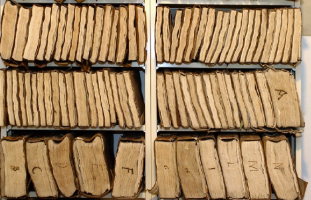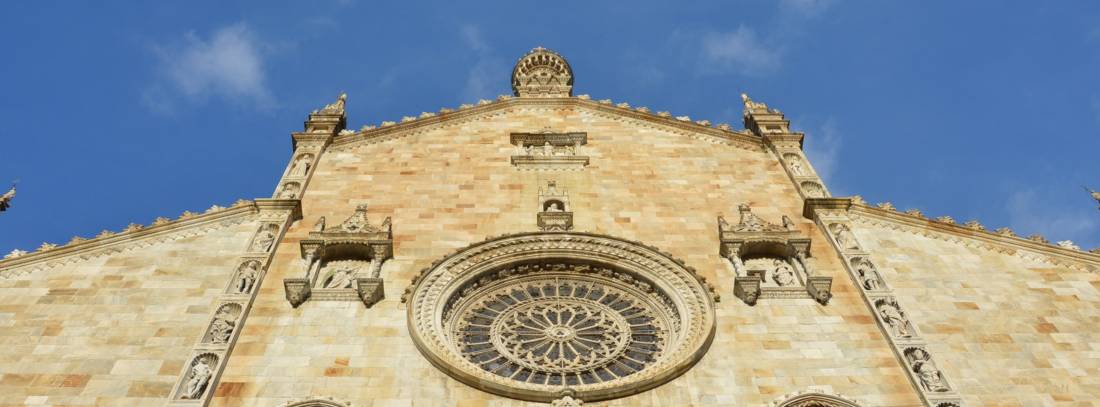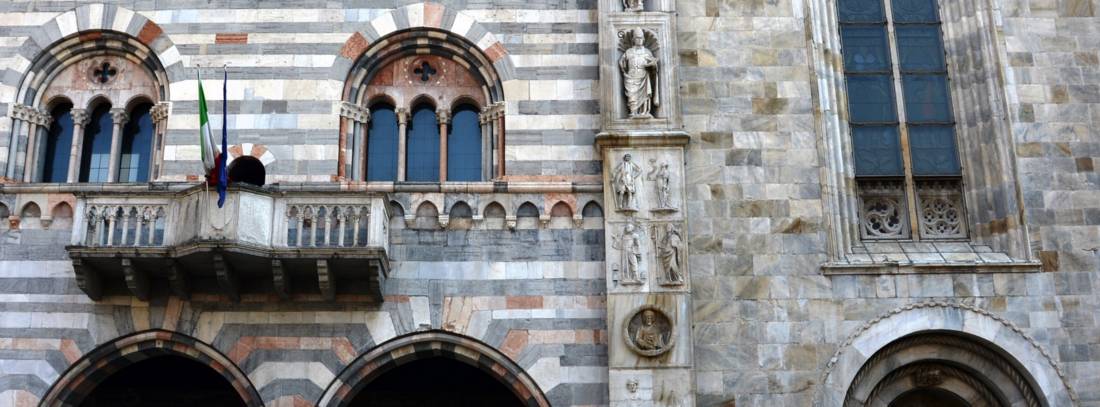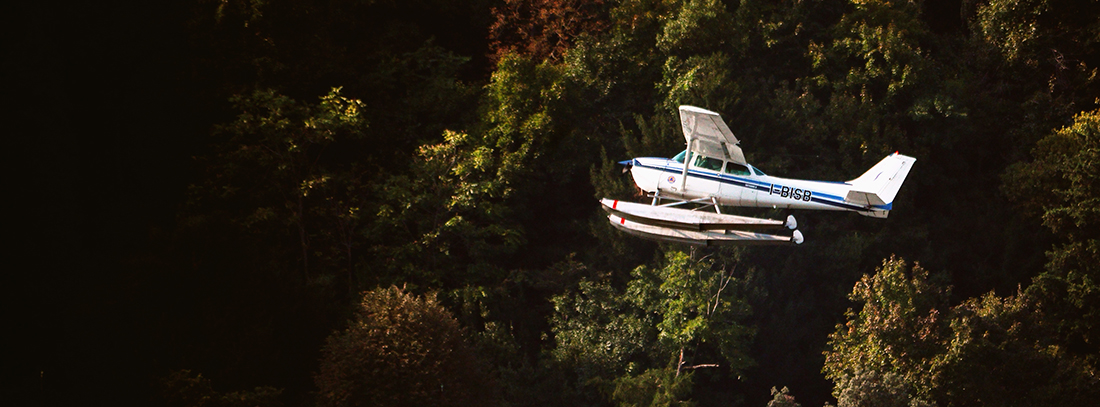Tempio Voltiano
Neoclassical temple dedicated to Alessandro Volta
Alessandro Volta's "Temple", the Tempio Voltiano was inaugurated on 15th July 1928, it was built on the occasion of the first centenary of Alessandro Volta’s death (1745-1827). Francesco Somaini (1855-1939), owner of a cotton mill in Como and Member of Parliament had the idea of building a place devoted to the memory of the great physicist and to preserve his scientific tools and documents. He had painfully witnessed the ravaging fire that had destroyed the pavilions of the Great Exhibition arranged in Como for the first centenary of the invention of the electric battery, in the summer of 1799. Somaini provided all the necessary financial resources.The architect Federico Frigerio (1873-1959) was put in charge of the project. He believed that “to honour a man who was among the brightest glories of the Napoleonic Era” the most appropriate style would be the Neoclassical style.
The building was featured on the 10.000 Liras bill.
Information
Viale Marconi
Phone: +39 031 574705
Opening hours
From Tuesday to Sunday
10 am – 6 pm
Last admission at 5.30 pm
Closing days 2024: every Monday except April 1st; January 1st - May 1st - August 15th - November 1st - December 25th and 26th
Reservations are recommended for groups or school groups by writing to musei.civici@comune.como.it
Fares
Full price € 5
Reduced price € 3
Groups minimum 15 people (each)
Children from 6 to 18 years
Senior over 70 years
Combination ticket (2 museum/cultural institutes) € 8
Family pass (2 adults + 2 children from 6 to 18 years, per museum) € 12
Free admission
Children under 6 years
Severely disabled people + accompanying person
A school teacher every 15 pupils
Registered journalists and tour guides whit valid certificate
ICOM members
Free entry days
FAI spring and autumn days (March and October)
International Museum Day (May 18th)
FAMU, Family day at Museum (October)
Patron saint of the city (August 31st)
In evidenza
